45 years have passed since the start of the war to protect the northern border (February 17, 1979), a long enough time for both China and Vietnam to calmly and objectively look back at this war in a scientific , complete, and truthful manner.
Armed police force bravely fought in Dong Dang area, Lang Son province.
Look back at the heroic history of the nation so that no one is allowed to forget. Remember to live better, remember to love peace more and remember to draw lessons in diplomatic behavior.
45 years have passed, looking back at the war to protect the northern border once again affirms the historical truth and the justice of the Vietnamese people. Enough time has passed for both China and Vietnam to calmly and objectively look back at this war in a scientific, complete and truthful manner in order to find the optimal way to handle the problems left by history and draw many valuable lessons.
Time goes by but does not change the truth and nature
At dawn on February 17, 1979, under the guise of "Self-defense counterattack", 600,000 Chinese troops suddenly attacked the entire northern border. The Vietnamese army and people fought bravely to protect the border and the country's independence and sovereignty. On March 5, 1979, China announced its withdrawal, but in reality this "new war" had to last for 10 years (1979-1989) full of fierceness, loss, and pain.
By launching an invasion of Vietnam, China hopes to achieve the following five basic goals:
One is to save the Pol Pot gang. Their intention is to occupy some areas of Vietnamese land near the border, and if successful, they will advance deeper, forcing us to negotiate and forcing us to withdraw our troops from Cambodia.
Second, through the war against Vietnam to enlist the US and its allies to help them carry out the "Four Modernizations".
Third, to sabotage Vietnam's economic and defense potential, weakening Vietnam. Their intention was to destroy a part of our armed forces, especially the main force, sabotage the economy, massacre civilians, create a terrible mentality among the people, incite riots, and lower Vietnam's prestige after defeating the US in 1975.
Fourth, threaten Laos from the North, forcing Laos to be neutral or follow them against Vietnam, threaten Vietnam from the West; save face before Southeast Asian countries after the failure in Cambodia.
Fifth, probe the reaction of the Soviet Union and international public opinion to prepare for the next adventures.
Great loss
The border war to protect the northern border in the early stages only lasted about a month, actually 17 days (from February 17, 1979 until China announced its withdrawal on March 5, 1979), but the loss of life and property was no less than a long war.
China was the side that suffered significant losses. According to author Truong Son, "Border War 1979: Rapid troop movement" published on Infonet on February 18, 2015, in the first week of the war, the armed forces of the 6 northern border provinces eliminated 16,000 Chinese troops from combat. This number continued to increase to 27,000 troops on February 28 and 45,000 troops on March 5, 1979.
Vietnam does not have complete and accurate statistics on the losses, only estimated figures are: 320 communes, 735/904 schools, 428/430 hospitals, clinics, 38/42 forestry farms, 41/41 farms, 81 factories and mines in the war zone were destroyed.
About half of the 3.5 million people living in Vietnam's northern border area lost their homes, property and means of livelihood.
The towns of Lang Son, Cao Bang, and Cam Duong were almost completely destroyed. Many historical and cultural relics were intentionally destroyed by the Chinese army, such as Pac Bo cave (Cao Bang), Tam Thanh and Nhi Thanh caves (Lang Son)...
The Ha Giang Front from 1979-1989 had 4,760 martyrs, of which the Vi Xuyen battle area from 1984-1989 had more than 4,000 soldiers from 9 main divisions sacrificed, of which Division 356 alone had about 1,200 officers and soldiers sacrificed.
China conducts multifaceted sabotage war
After the full-scale border war in early 1979, China carried out a multi-faceted war of destruction against Vietnam through armed activities such as ambushes, raids, artillery attacks, and encroachment attacks, causing many human and material losses to the Vietnamese military and people. In particular, during the period 1984 - 1989, China returned and maintained the Vi Xuyen (Ha Giang) battle with high intensity and density, creating a tense and unstable situation in the Vietnam - China border area, causing many losses and serious consequences for the Vietnamese military and people.
Wherever they went, the Chinese army wreaked havoc, destroyed all infrastructure, and massacred innocent people. The most brutal massacre committed by the Chinese army was in Tong Chup, Hung Dao commune, Hoa An district (Cao Bang). On March 9, 1979, four days after announcing their withdrawal from Vietnam, Chinese soldiers attacked a pig farm in Tong Chup village, killing 43 people including women and children and burying their bodies in a well. The words on the remaining cement stele in Tong Chup are not enough and will never be enough to fully describe the brutality of the crimes committed by the Chinese army while on their way back home.
During the Tet holidays of the year of Giap Thin 2024, Cao Bang inaugurated a community cultural house combined with a memorial altar at the site of that brutal massacre 45 years ago.
Normalize relations according to 5 principles
The war to protect the northern border has long since receded. After a period of coldness, with the efforts and goodwill of each side, in November 1991, Vietnam and China officially normalized relations according to five principles: Respect for each other's sovereignty and territorial integrity; Non-aggression; Non-interference in each other's internal affairs; Equality, mutual benefit and peaceful coexistence.
The consistent policy of the Party and State of Vietnam in relations with China is to put aside the painful past and build a friendly, cooperative, equal and mutually beneficial relationship between the two countries on the basis of respecting each other's independence, sovereignty and territorial integrity.
At the end of 2023, during the state visit to Vietnam by General Secretary - President of China Xi Jinping, the two sides issued a Joint Statement between Vietnam and China on continuing to deepen and elevate the Comprehensive Strategic Cooperative Partnership and building a community with a shared future.
Vietnam and China have overcome many obstacles and challenges to become Comprehensive Strategic Partners, cooperating and developing together in the trend of integration and globalization.
Recalling this war is to respect historical facts, to remember and pay tribute to those who fell for the war, and most importantly, to draw valuable historical lessons from the past for the present and the future.
Caution is always the first and greatest lesson.
The history of thousands of years of building and defending the country of our people has always been a vivid reality affirming a principle: in the process of building and defending the Fatherland, we always heighten our vigilance against prying eyes and invasions from outside.
In the two resistance wars against French colonialism (1946-1954) and against American imperialism and its henchmen (1954-1975), the problem of the enemy was very clear. The spirit and sense of vigilance were always heightened. But it was after the victory of the resistance war against America that we had surprises about the new target of combat.
With high fighting spirit and experienced military thinking, after the first surprises when the war just started, we made the right decisions at both tactical and strategic levels to bring victory. From this lesson, along with the comprehensive renovation of the country, especially in the economy, we have innovated in the field of defense, in which the most prominent is the perspective on partners and objects in practice.
Only by being vigilant can one maintain the initiative in all actions.
Protect national interests and maintain an independent and autonomous foreign policy
The war to protect the Fatherland at the northern border from 1979 to 1989 that we won was first of all for justice, because the enemy's invasion "activated" the intense patriotism of our army and people.
The invaluable lesson for the cause of building a national defense and the Vietnam People's Army today is to maintain the goal of national independence and sovereignty.
The world is in a strong integration trend, international relations are evolving in a complex and unpredictable manner, posing many opportunities and challenges for countries. Harmonizing the common interests of the world with the interests of each nation is the core of Vietnam's innovation and international integration policy.
The war to protect the northern border is increasingly distant, but the victory and the great sacrifices and losses of the Vietnamese army and people have left many profound lessons for the cause of building and defending the Fatherland. In the international and regional context of intertwined advantages and difficulties, we must always heighten our vigilance, clearly recognize the nature of our partners and subjects, and from there have appropriate responses, contributing to maintaining peace, stability and development.
Source


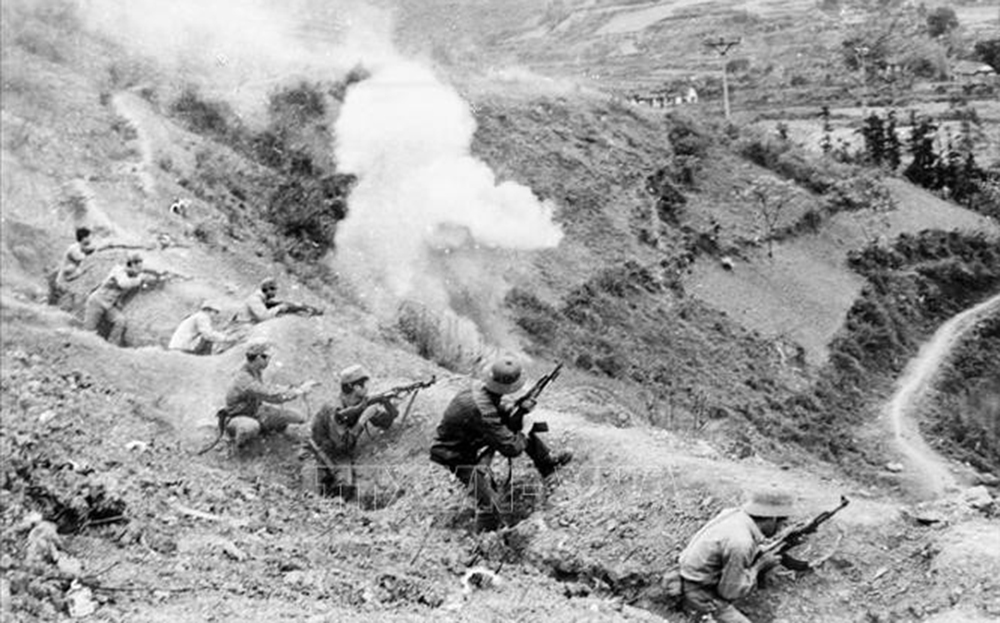

![[Photo] General Secretary To Lam chairs a working session with the Central Internal Affairs Commission](https://vphoto.vietnam.vn/thumb/1200x675/vietnam/resource/IMAGE/2025/5/22/3b7790f499da45b2803d8ae253207ef1)
![[Photo] Prime Minister Pham Minh Chinh chairs the Government's special meeting on law-making in May](https://vphoto.vietnam.vn/thumb/1200x675/vietnam/resource/IMAGE/2025/5/22/1c880aae96fd4e0894abc47a46fe19ba)



















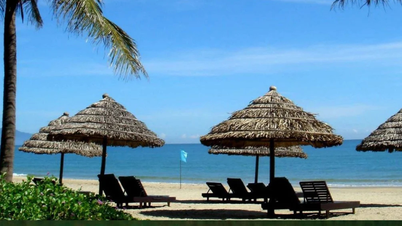










































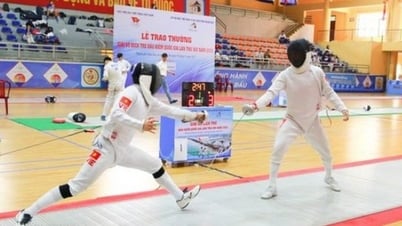
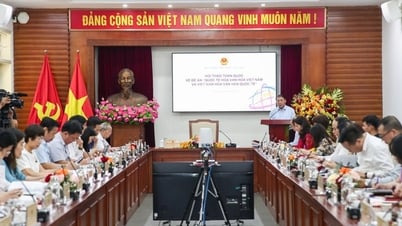


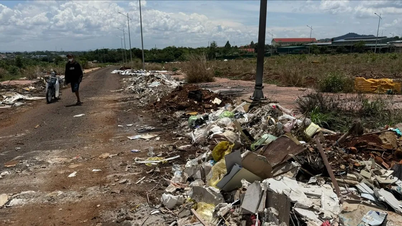





![[Podcast] Week introducing more than 500 OCOP products in Hanoi](https://vphoto.vietnam.vn/thumb/402x226/vietnam/resource/IMAGE/2025/5/22/d144aac2416744718388dbae3260e7fd)







Comment (0)